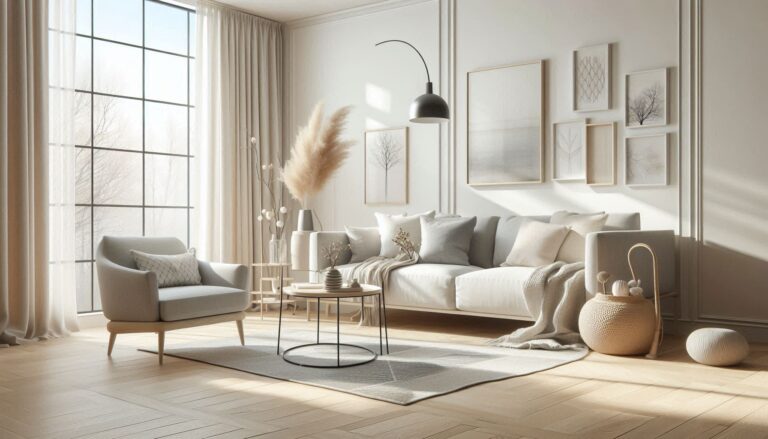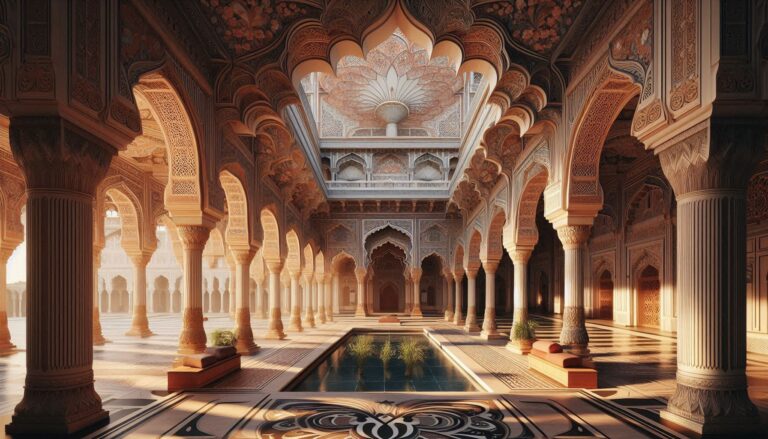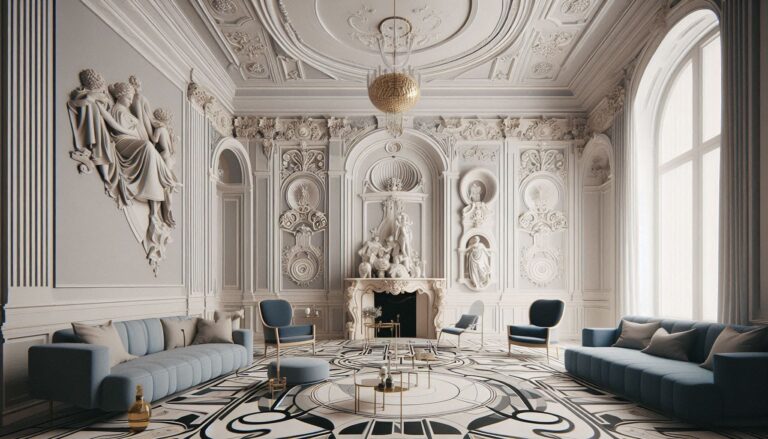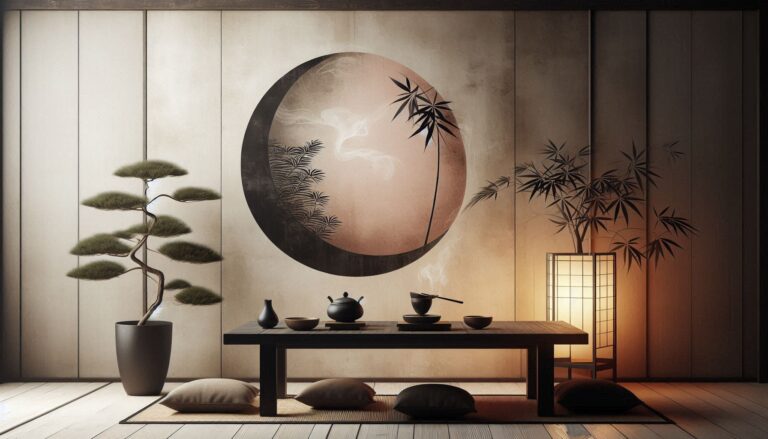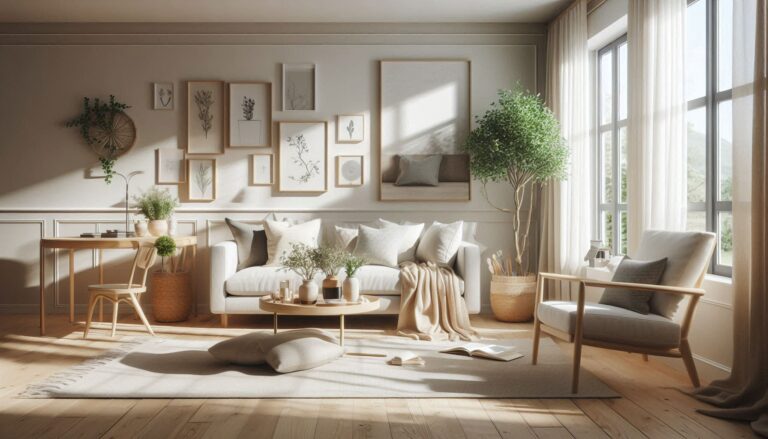How Historical Palaces and Monuments Influence Luxury Interiors
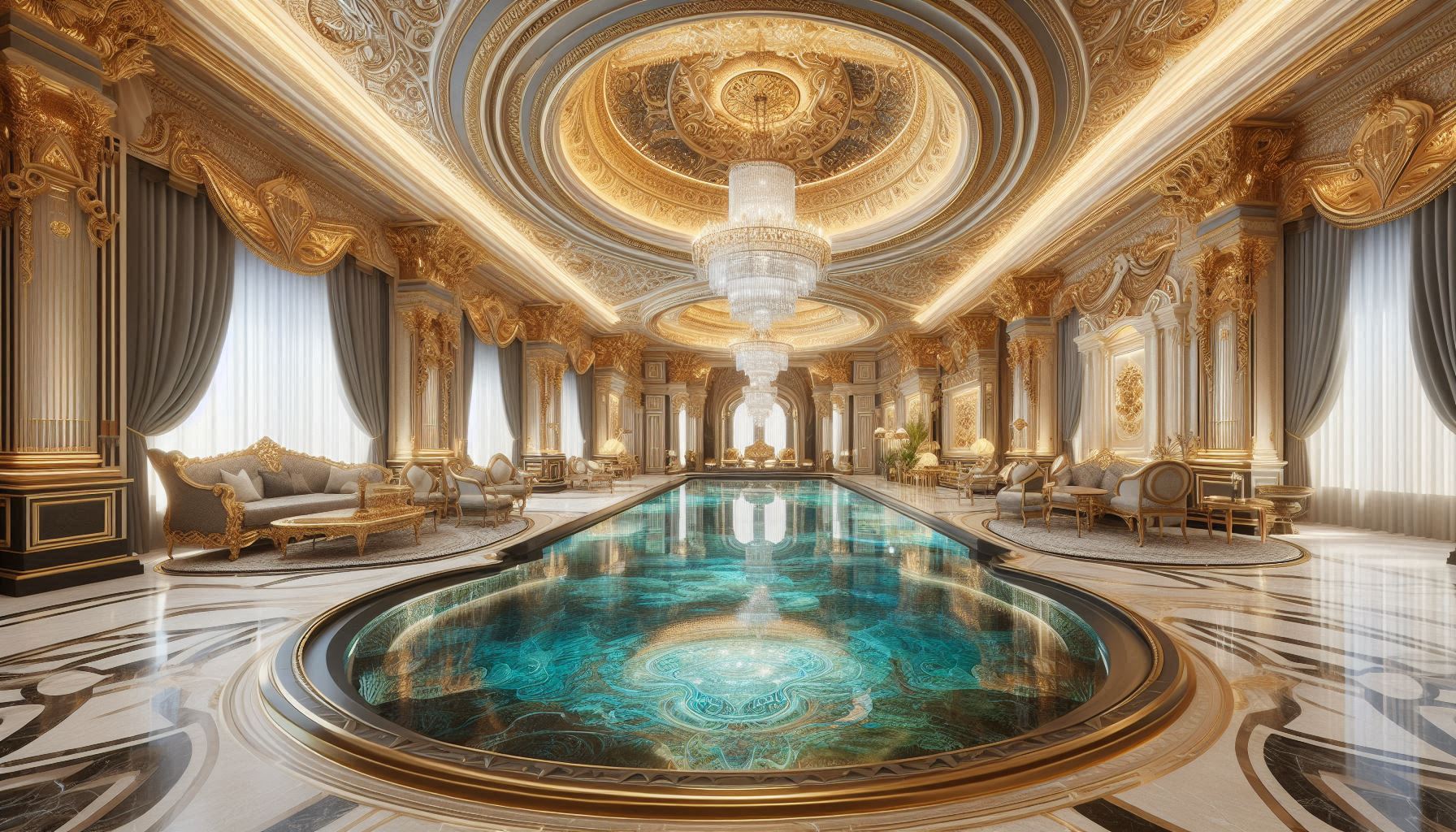
Luxury interior design has long drawn inspiration from historical palaces and monuments, incorporating elements that evoke grandeur, elegance, and timeless sophistication. From the lavish palaces of Europe to the intricate detailing of Eastern monuments, these architectural marvels provide a rich foundation for modern high-end interiors.
Key Elements Borrowed from Historical Palaces
1. Ornate Architectural Details
Luxury interiors often feature grand archways, intricate ceiling moldings, and decorative columns reminiscent of historical palaces such as Versailles and Buckingham Palace. These elements lend a sense of regality and refinement.
2. Rich Material Selections
Palatial interiors emphasize the use of opulent materials like marble, gold leaf, crystal, and silk. Modern luxury spaces incorporate these elements through gilded accents, marble countertops, and plush upholstery.
3. Classic Furniture Styles
From Rococo to Neoclassical, furniture designs inspired by historical palaces add sophistication to contemporary luxury interiors. Pieces often feature hand-carved detailing, elegant curves, and sumptuous fabrics.
4. Grand Lighting Fixtures
Chandeliers have long been a staple in palatial settings, and modern luxury interiors continue this tradition with crystal, glass, or gold chandeliers that serve as focal points in grand living spaces.
5. Art and Frescoes
Many palaces are adorned with ceiling frescoes, oil paintings, and elaborate murals. Contemporary luxury interiors integrate these artistic elements through statement artwork, decorative panels, and customized wall finishes.
Influence of Global Architectural Monuments
1. Mughal and Persian Influences
Inspired by the intricate carvings and arches of the Taj Mahal and Persian palaces, luxury interiors incorporate latticework, domed ceilings, and elaborate tile work.
2. French and Italian Renaissance Elements
The opulence of French châteaux and Italian villas is reflected in modern interiors through elaborate wall paneling, marble flooring, and fresco-inspired wallpapers.
3. Arabic and Moorish Design Aesthetics
The mesmerizing geometric patterns and vibrant mosaics of Alhambra and Ottoman palaces influence luxury interiors with elaborate tile designs, rich textiles, and carved woodwork.
Modern Adaptations in Luxury Design
Contemporary designers reinterpret historical elements to create luxurious yet functional spaces. Whether through a neoclassical-inspired living room or an opulent bedroom with Versailles-style gilded mirrors, the echoes of historical grandeur remain ever-present in modern luxury interiors.
By blending historical influences with modern sensibilities, today’s luxury interiors celebrate the artistry and magnificence of the past while embracing innovation and comfort.

